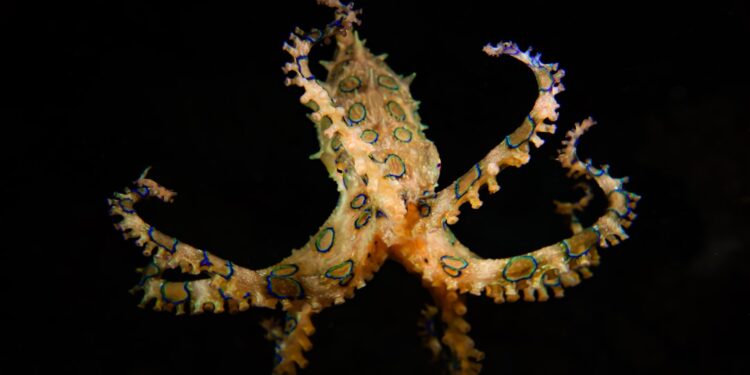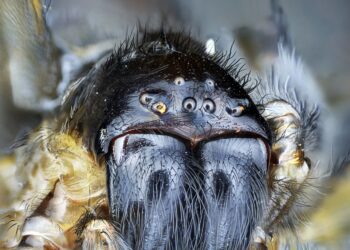Which animal is famous for changing its color to match its surroundings?

Octopus
Chameleon
Squid
Frog
Which sea creature can change color to communicate?

Jellyfish
Crab
Cuttlefish
Starfish
What is the primary reason octopuses change color?
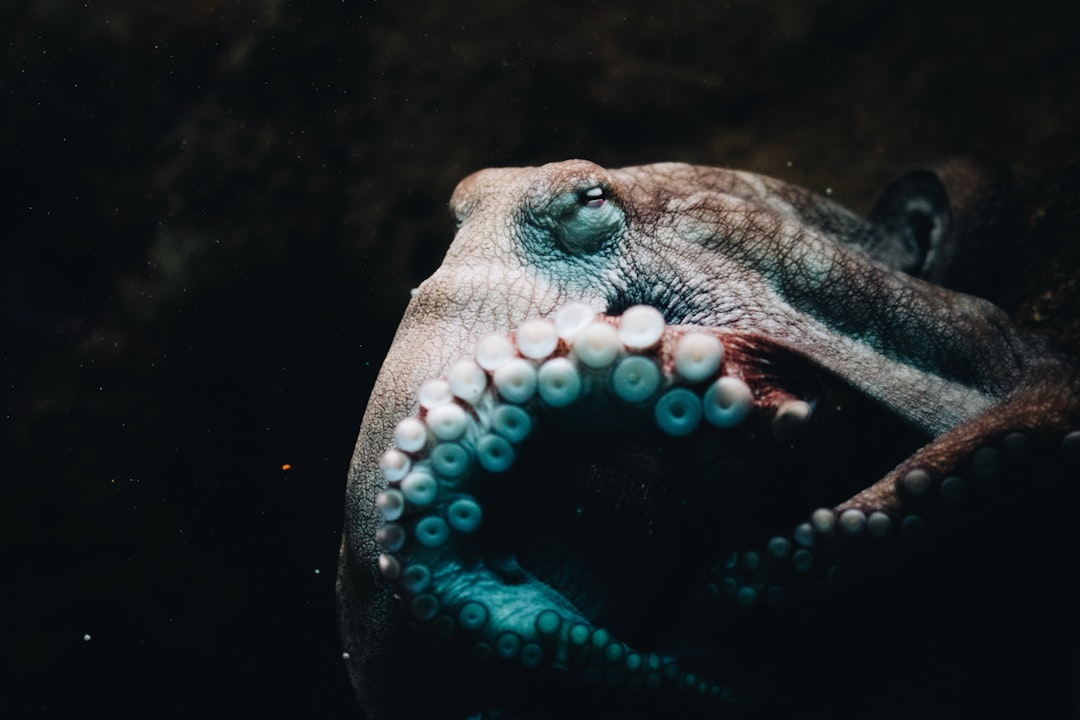
Attraction
Camouflage
Mating
Territory
Which insect can change color to mimic leaves?

Butterfly
Moth
Stick insect
Grasshopper
Which reptile changes color primarily for social signaling?
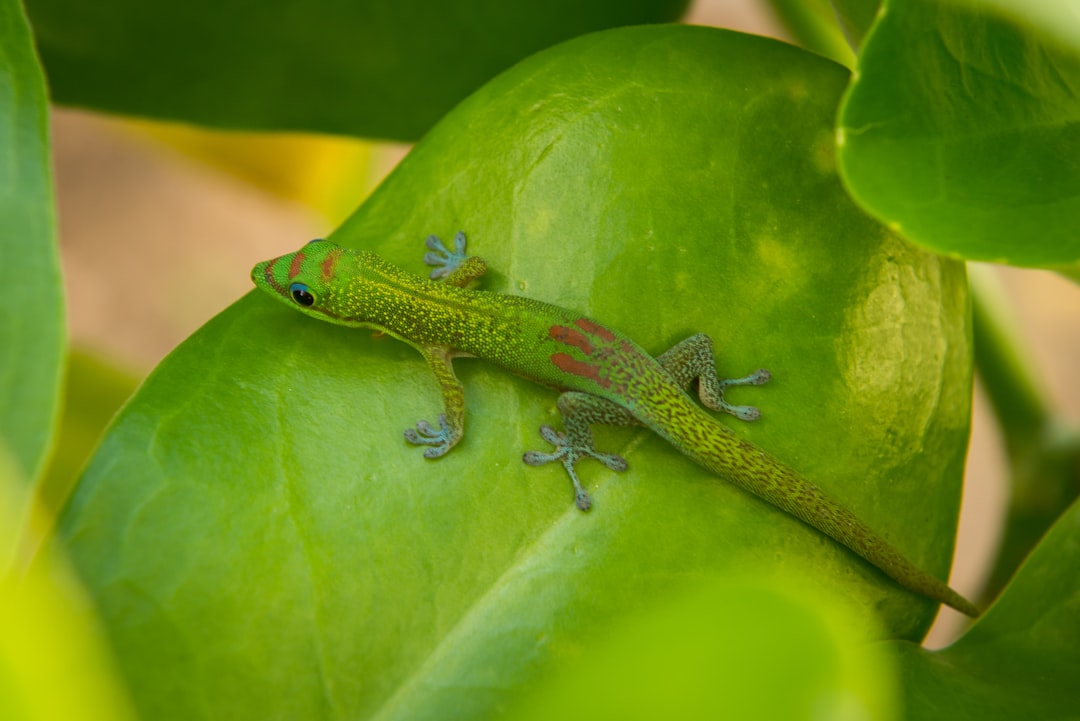
Iguana
Gecko
Anole
Snake
Which animal’s color change can be influenced by diet?
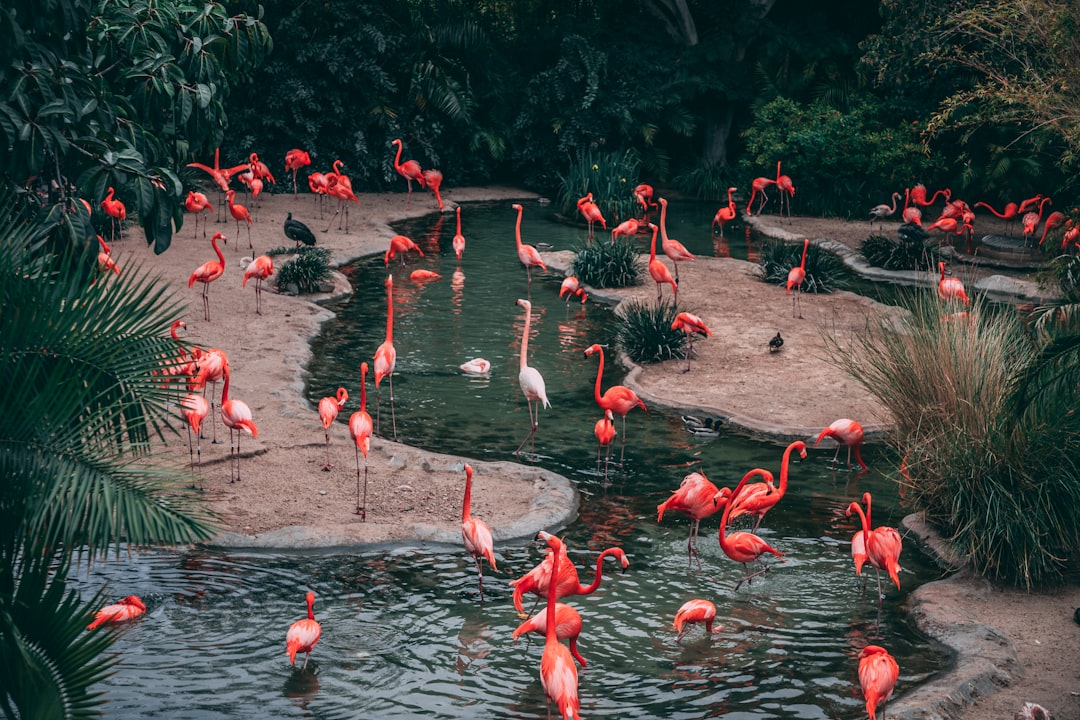
Flamingo
Shark
Fish
Bird
Which marine animal uses color change to startle predators?

Squid
Dolphin
Seahorse
Turtle
What feature allows chameleons to change color?
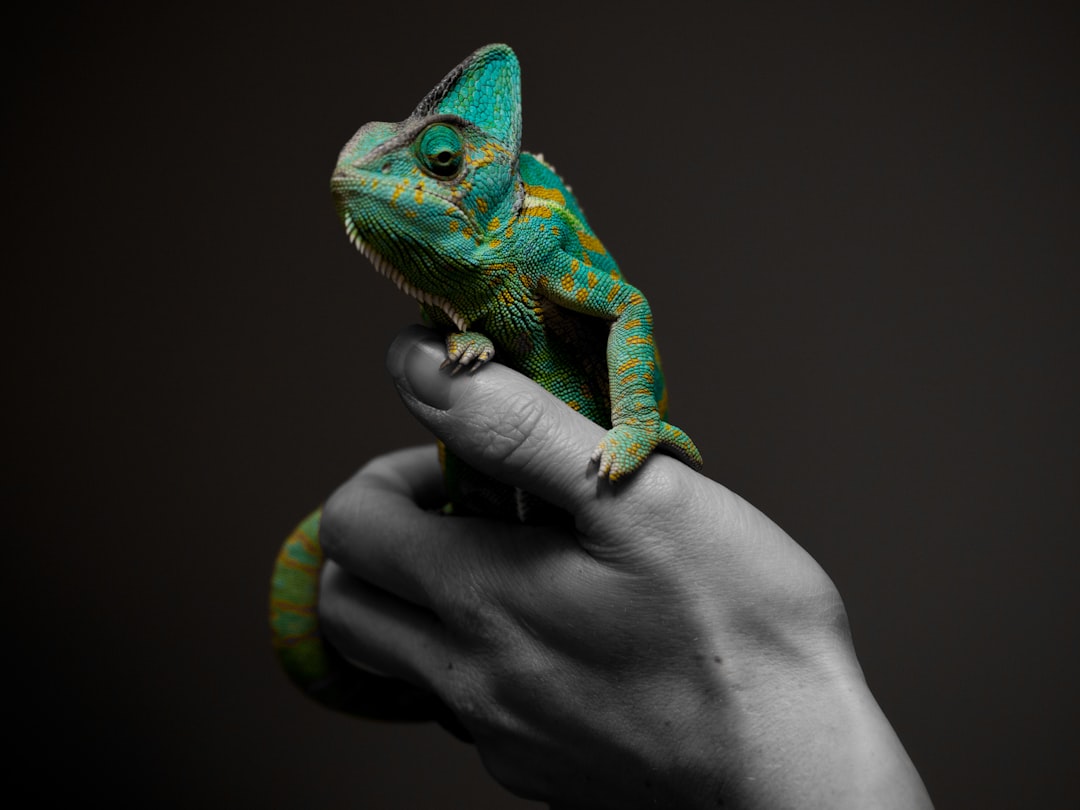
Chromatophores
Scales
Feathers
Skin cells
Which amphibian can change color to regulate temperature?
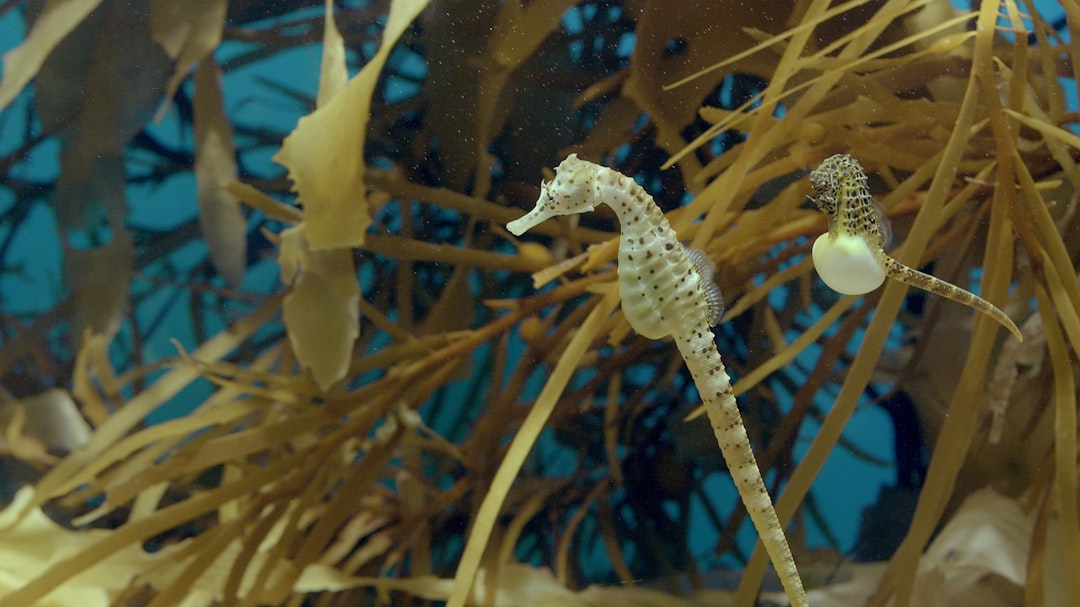
Frog
Toad
Salamander
Newt
What triggers color change in cuttlefish?
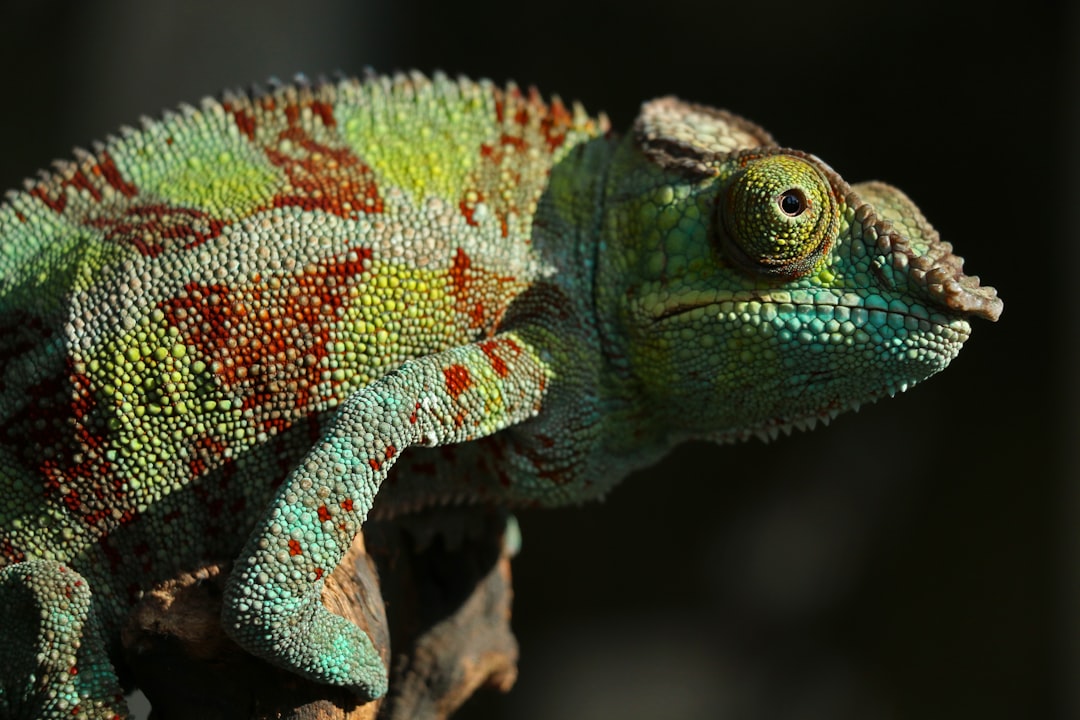
Light
Temperature
Mood
All of these
Which animal changes color for temperature regulation?

Octopus
Chameleon
Squid
Frog
What triggers a mimic octopus to change color?
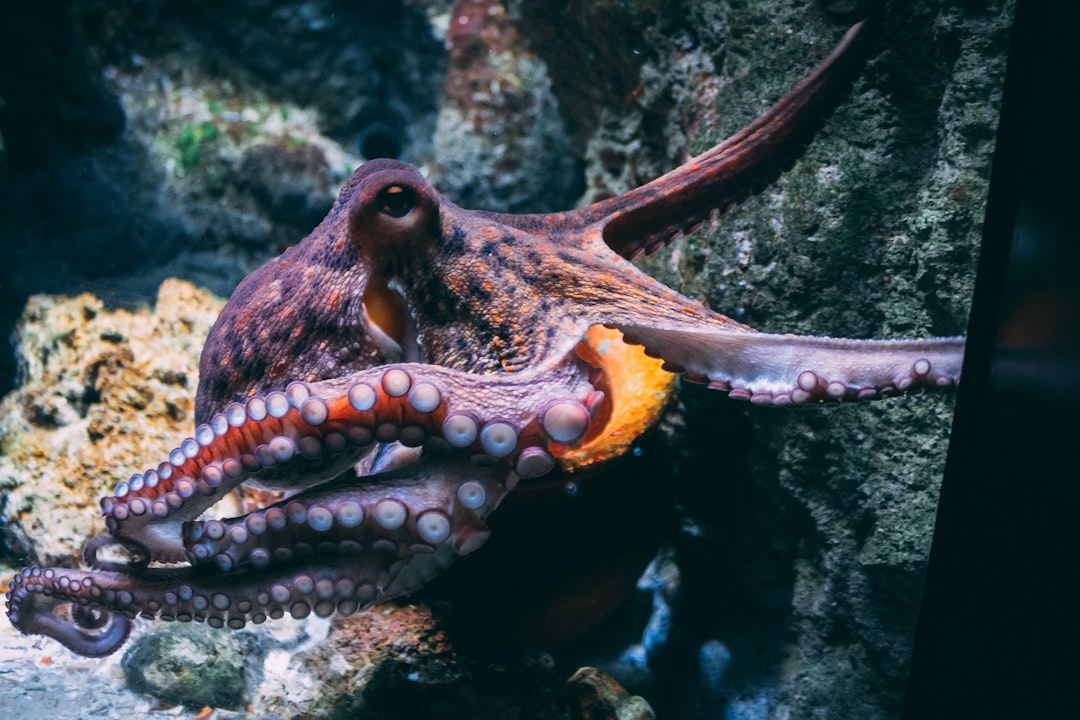
Predators
Prey
Mating
Territory
Which insect changes color to avoid predators?
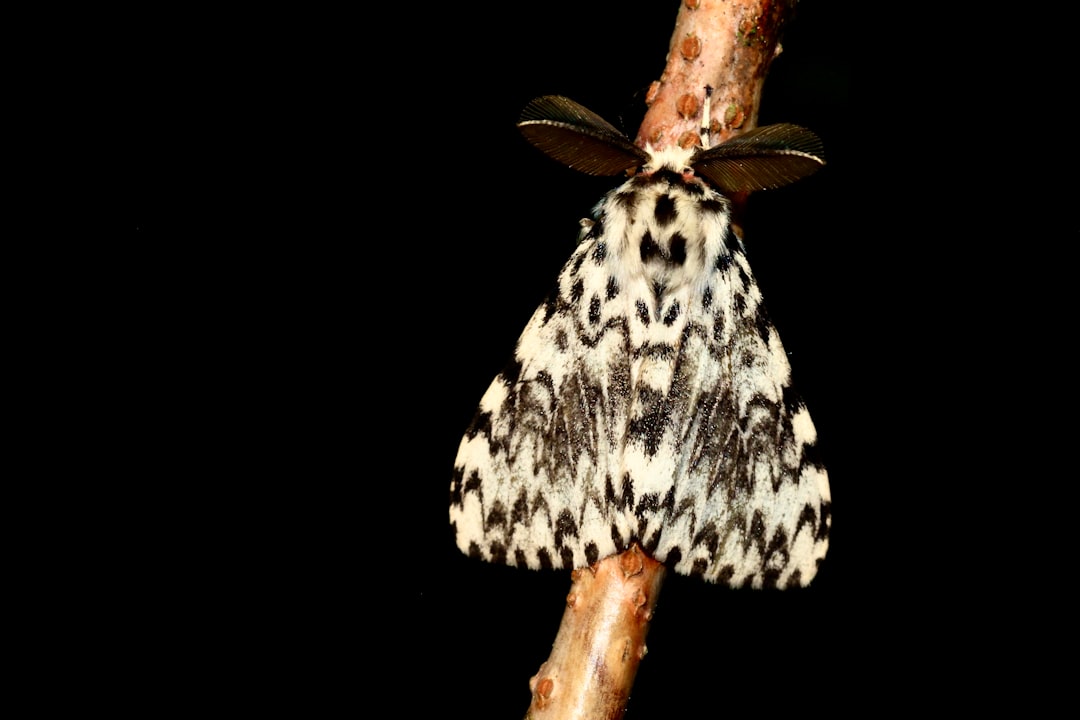
Butterfly
Moth
Grasshopper
Leaf insect
Which bird changes color with the seasons?
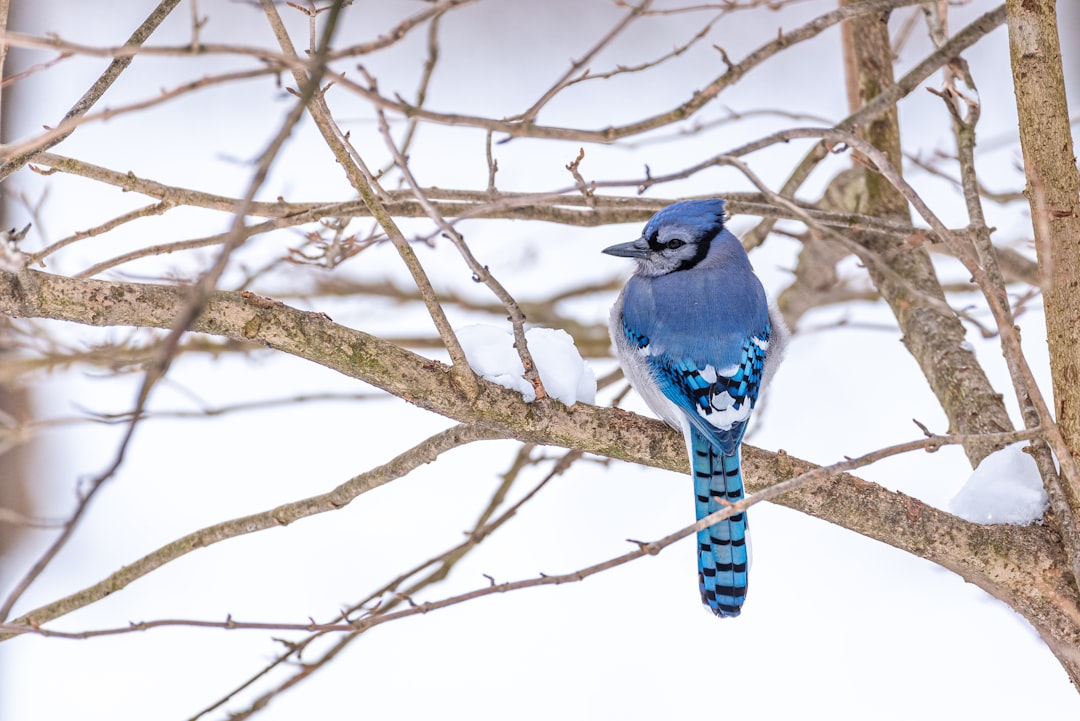
Robin
Blue jay
Ptarmigan
Crow
Which fish can change color to blend in with coral reefs?
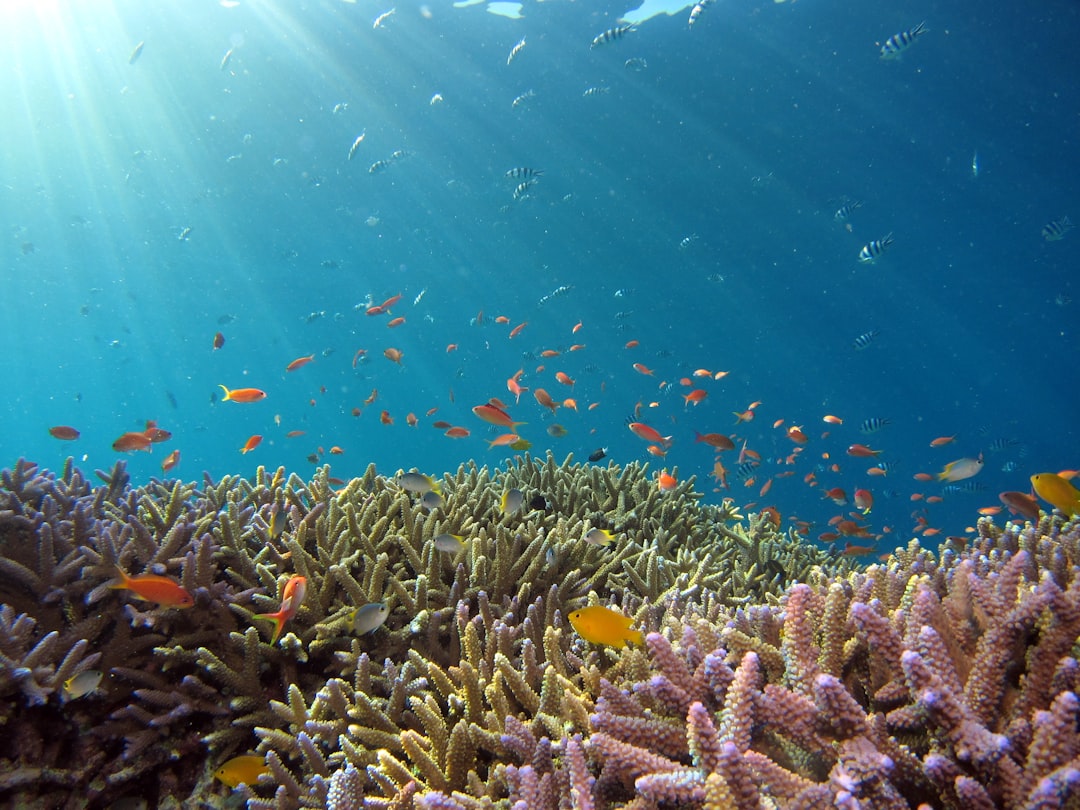
Clownfish
Parrotfish
Lionfish
Angelfish
What do cephalopods use to change color?

Skin cells
Chromatophores
Scales
Feathers
Which animal can change color due to stress?
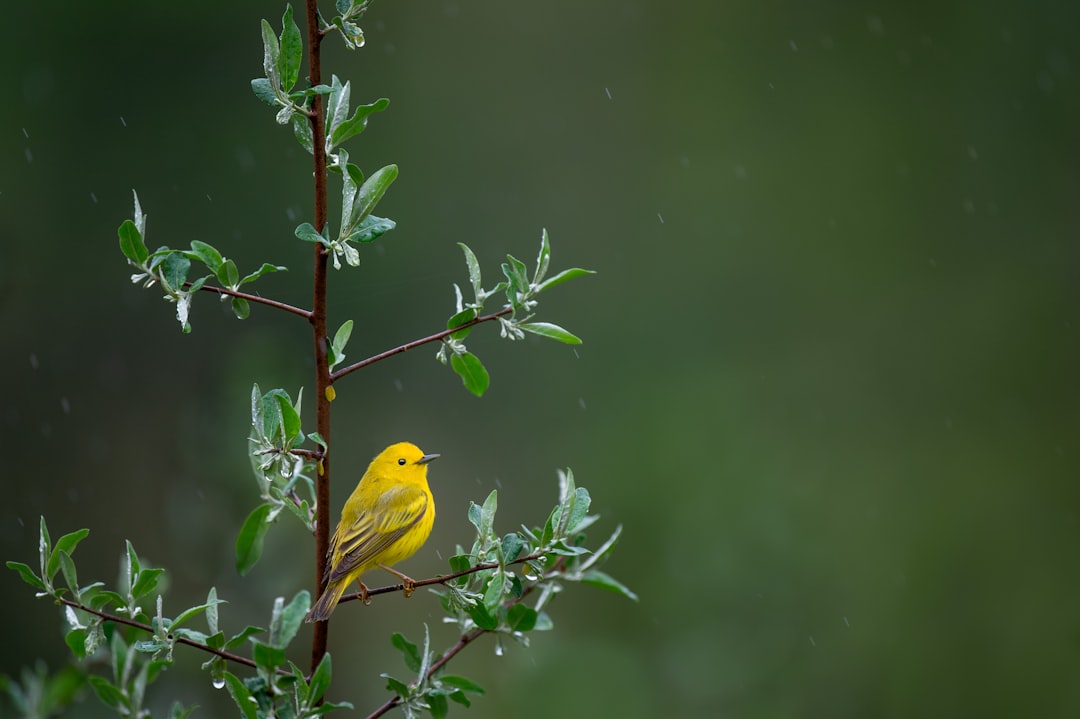
Dog
Cat
Bird
Lizard
Which reptile uses color change for mating displays?
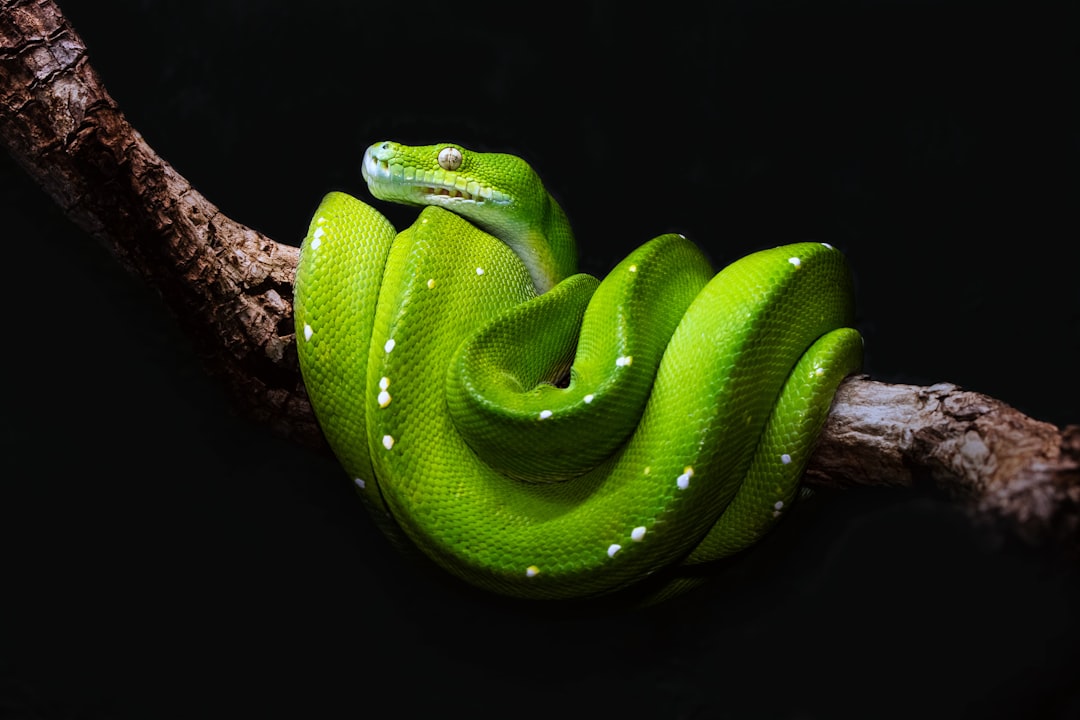
Turtle
Snake
Chameleon
Iguana
Which amphibian changes color as it matures?
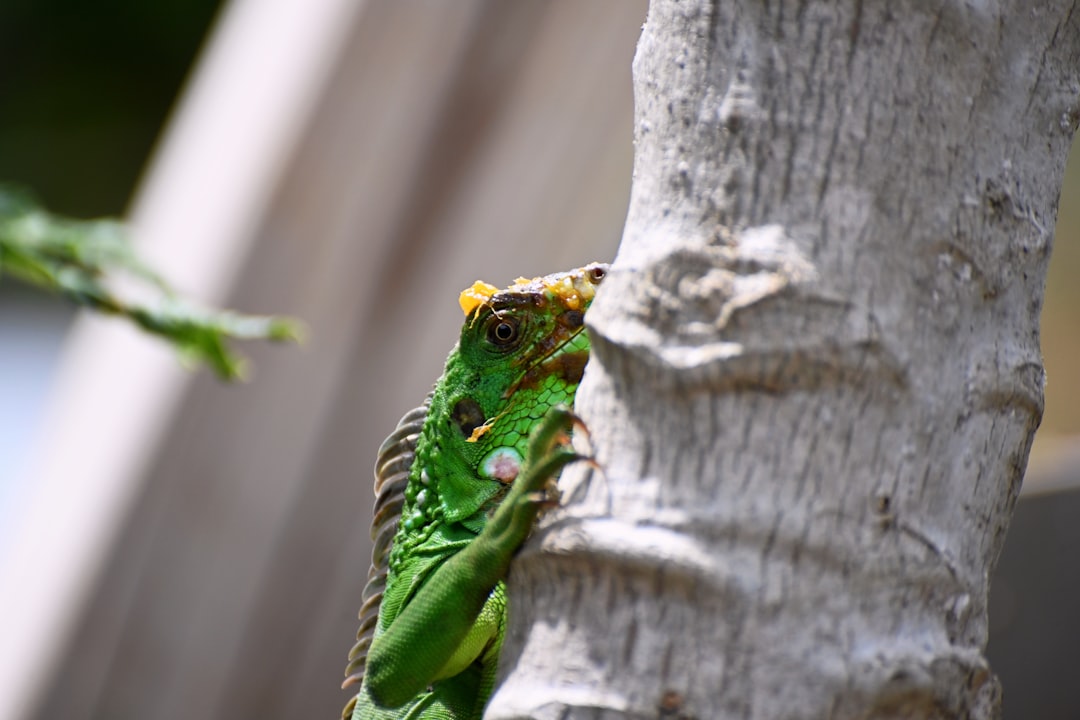
Salamander
Toad
Newt
Frog
Which insect’s larvae can change color to avoid predation?
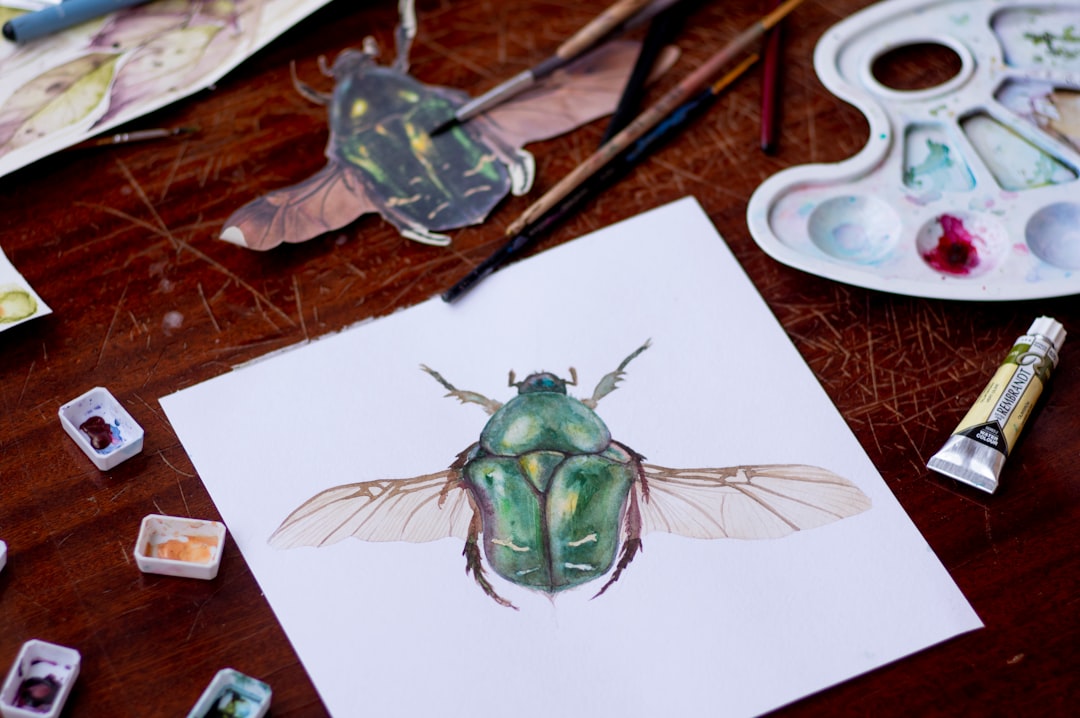
Beetle
Butterfly
Ant
Grasshopper
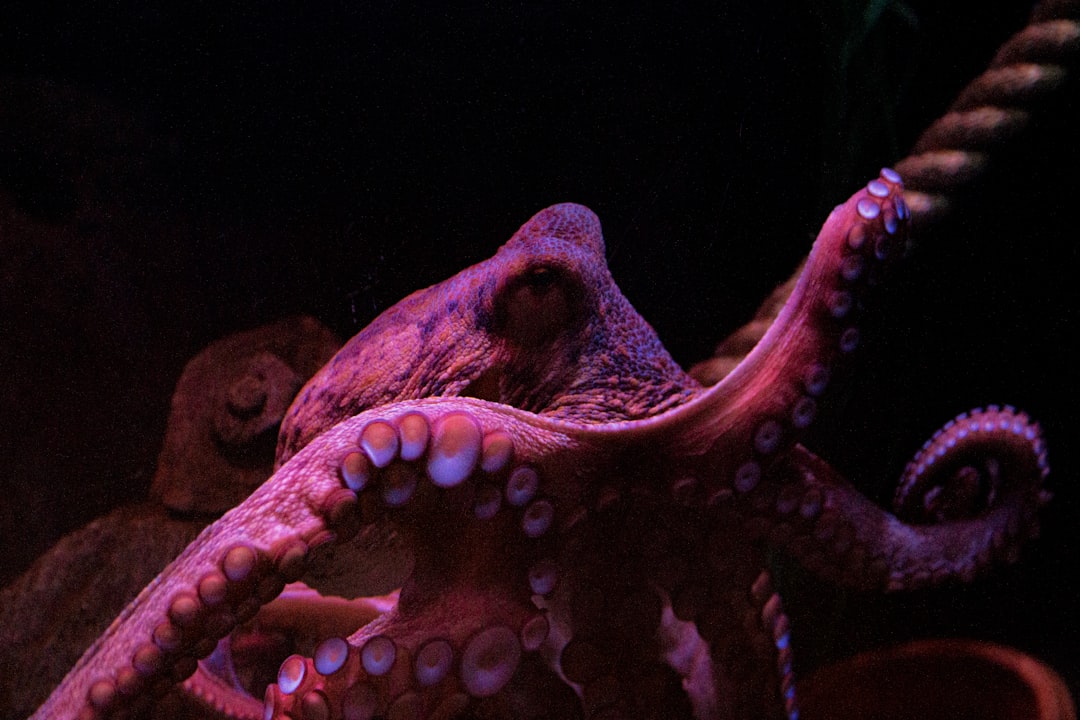
Color-Changing Novice
Your knowledge of color-changing animals is a bit pale, time to brighten it up!
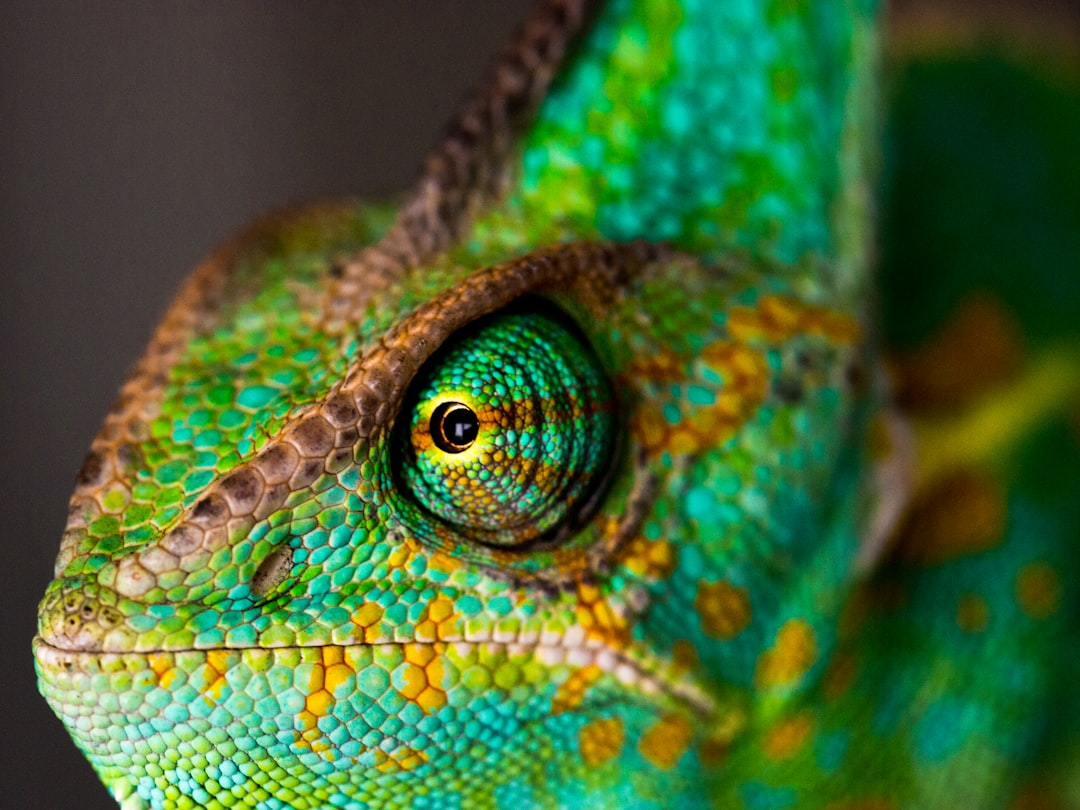
Camouflage Contender
You have a solid grasp of these elusive creatures, keep honing your skills!
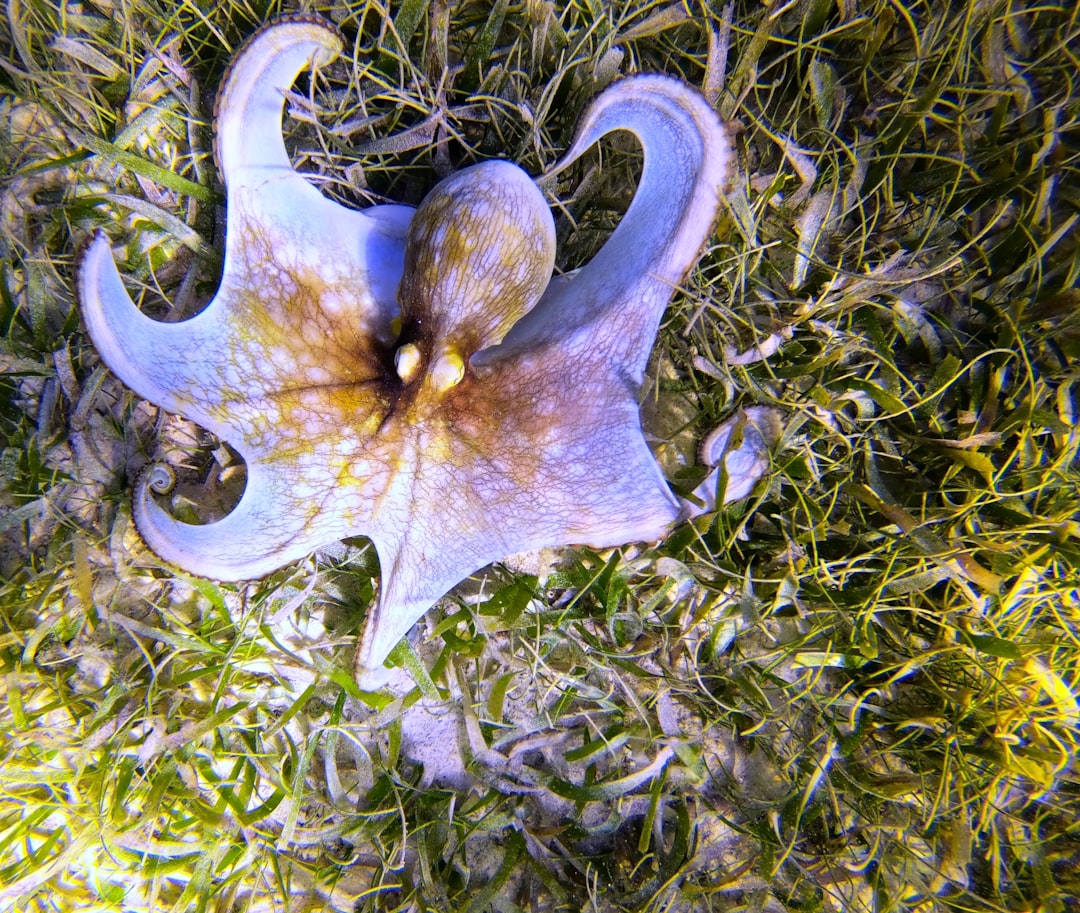
Master of Disguise
You’re an expert in the animal kingdom’s best color-changers, nothing can hide from you!

